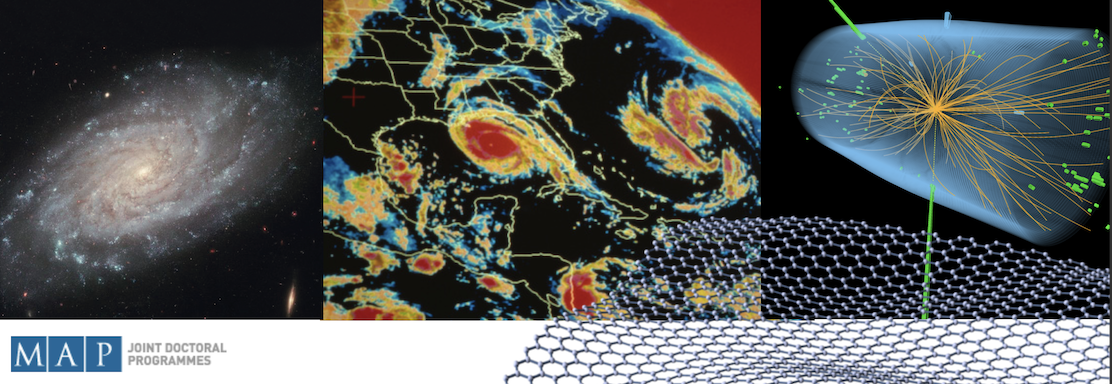Speaker
Description
Optical computing has long been regarded as a promising avenue for fast and energy-efficient information processing. The field has already made significant contributions to modern technology by enhancing performance in specialized tasks such as matrix-matrix multiplication, Fourier transforms, and convolutions. Despite these successes, the development of an optical algorithm capable of addressing a broader range of problems remains a challenge, motivating the search for alternative computation frameworks that exploit the unique advantages of light. A promising pathway lies in the development of photonic neuromorphic devices. By encoding memory through the linear weights of the network and exploiting the universal function approximation capabilities of neural networks, this approach offers a versatile and scalable framework for analog optical computing.
In this direction, we investigate Photonic Extreme Learning Machines (PELMs), a class of architectures inspired by the Extreme Learning Machine (ELM) algorithm. According to the ELM theory, the random initialization of hidden-layer weights and biases, together with nonlinear and non-polynomial activation functions, is sufficient to guarantee universal function approximation. In the optical domain, the bypass of weight training results in improved energy-efficiency and robustness to noise. This paradigm has been implemented in diverse configurations, ranging from free-space propagation to tunable integrated optics. However, a comprehensive theoretical model capable of describing these systems and capabilities remains absent. In our work, we develop such a model and establish its correspondence with ELM theory, enabling the identification of the computational role of individual optical components and highlighting current limitations and opportunities for future development.
Another front of our research addresses the weak nonlinearities of optical systems. To this end, we investigate the dynamics of light in nonlinear media, where self and cross-interaction between beams give rise to rich nonlinear behaviour. In particular, we focus on Fluids of Light, a paraxial propagation regime that exhibits close analogies with quantum fluids. From superfluidity to turbulence and the Kolmogorov energy cascade, as well as vortex generation, these systems host exotic phenomena with largely unexplored potential for computation. Our work explores how geometrical properties of refractive-index landscapes can be engineered to control the input–output response of light. Currently, we are validating our experimental platform by reproducing reported results on light localization in photonic Moiré lattices. In contrast with other optical configurations, our approach leverages Spatial Light Modulators (SLMs) to independently modulate the amplitude and phase (velocity) of input states of light, thereby providing an additional level of tunability and versatility.
| Which topic best fits your talk? | Optics and Photonics |
|---|

